International News
Future of natural diamonds challenging; holds promise of transformation: BCG report
A new report by the Boston Consulting Group (BCG), commissioned by De Beers Group, unveils the critical factors that will shape the future of the natural diamond market

A new report by the Boston Consulting Group (BCG), commissioned by De Beers Group, unveils the critical factors that will shape the future of the natural diamond market.In an era marked by rapid changes and emerging challenges, the natural diamond industry stands at a pivotal juncture. A recent report by the Boston Consulting Group (BCG), commissioned by De Beers Group, sheds light on the critical factors shaping the future of the natural diamond sector. With primary diamond supply projected to decline and demand dynamics evolving, the industry is poised for a significant transformation, it notes.
The cornerstone of the natural diamond industry’s future is the anticipated decline in primary supply. The report highlights that the primary production of natural diamonds is expected to decrease by approximately 1% CAGR over the next decade. This decline is driven by the diminishing yields from ageing mines, a scarcity of new discoveries, and constrained exploration budgets over the past ten years. While there is potential for some increase through brownfield expansions, the overall outlook suggests a tightening of supply.

International News
Christie’s Paris Auction Rakes in over $19M
Christie’s Paris Jewellery Auction Hits $19.6M, Van Cleef & Arpels Ruby Ring Tops Sales
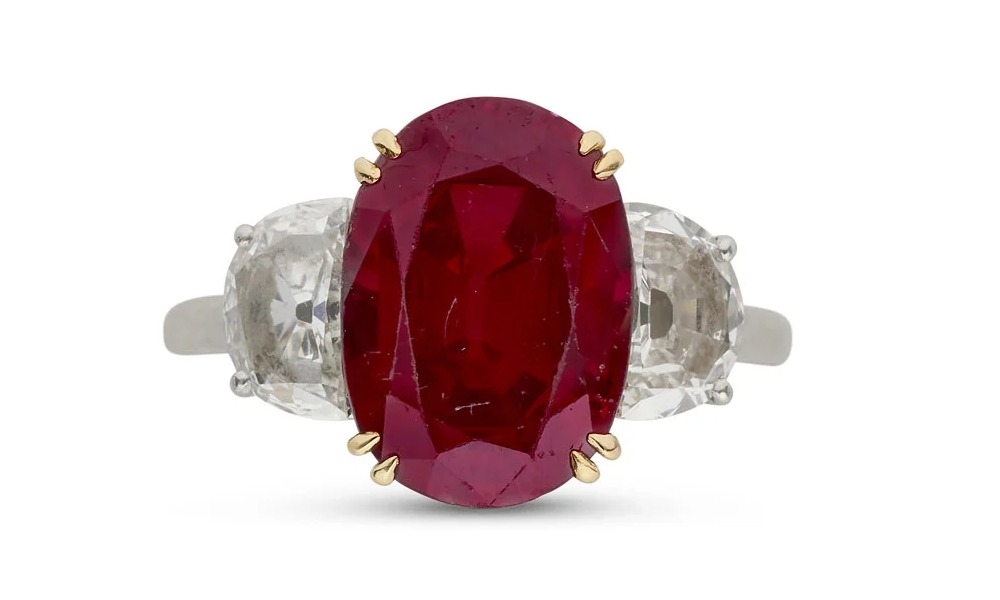
Christie’s recent Joaillerie Paris auction held on June 27 saw stunning results, with total sales soaring to EUR 16.7 million (USD 19.6 million), significantly surpassing expectations. Leading the auction was a remarkable Van Cleef & Arpels ruby ring, which sold for EUR 2.4 million (USD 2.8 million)—nearly five times its high estimate of EUR 500,000. The ring features a 6.27-carat Burmese ruby, flanked by two half-moon diamonds.
The sale, conducted online, showcased a broad selection of fine jewellery from renowned houses including Boucheron, Chaumet, and Cartier. Notably, nine of the top ten lots fetched prices well above their estimates, reflecting strong global demand for high-end, rare gems.
Highlights from the top 10 lots include:
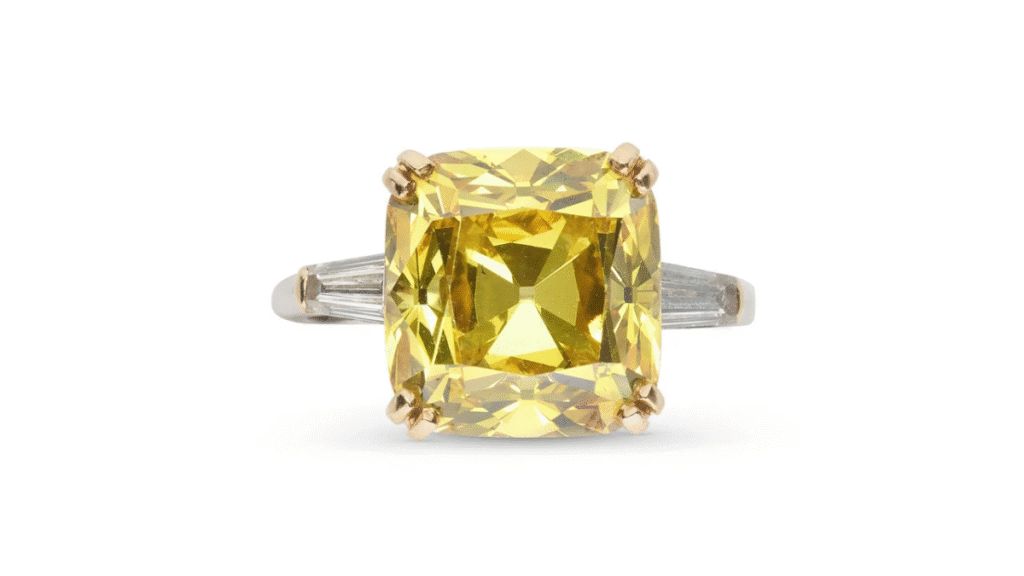
- A 9.67-carat fancy-vivid-orangey-yellow diamond ring, VS1 clarity, sold for EUR 2.1 million (USD 2.5 million)—over six times its high estimate of EUR 350,000.
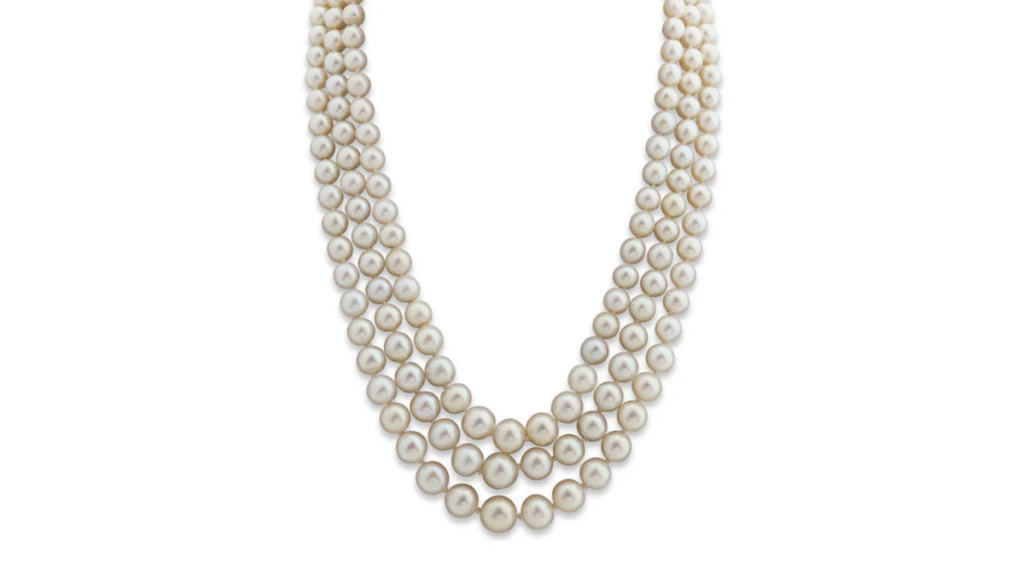
- A Chaumet necklace with 191 natural pearls and diamond clasp realized EUR 1.6 million (USD 1.8 million), beating its EUR 600,000 estimate.
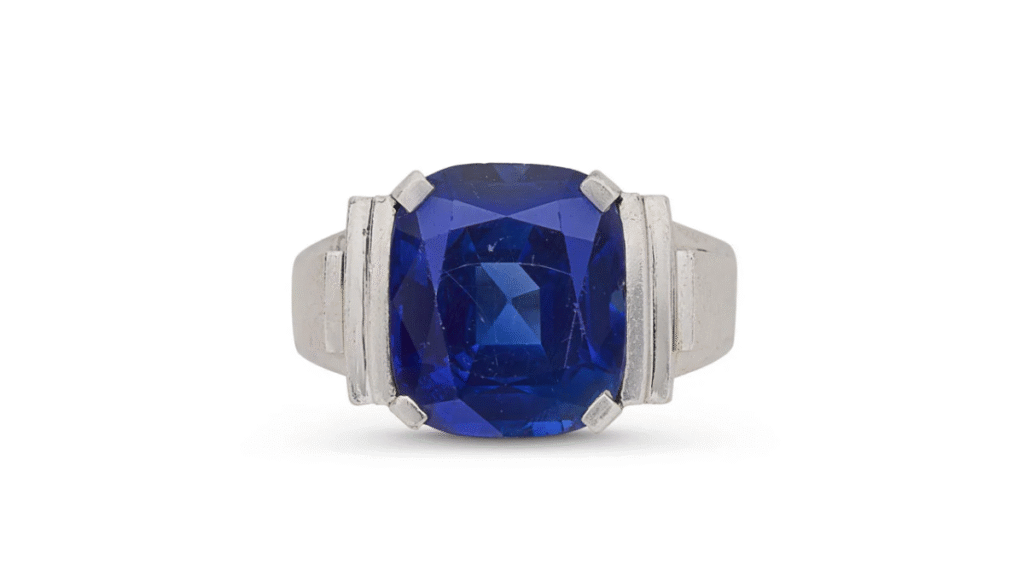
- A 7.76-carat Kashmir sapphire ring brought in EUR 869,400 (USD 1 million), more than doubling its expected price.

- A natural pearl necklace achieved EUR 504,000 (USD 590,661), soaring past its EUR 30,000 estimate—more than 16 times the presale prediction.
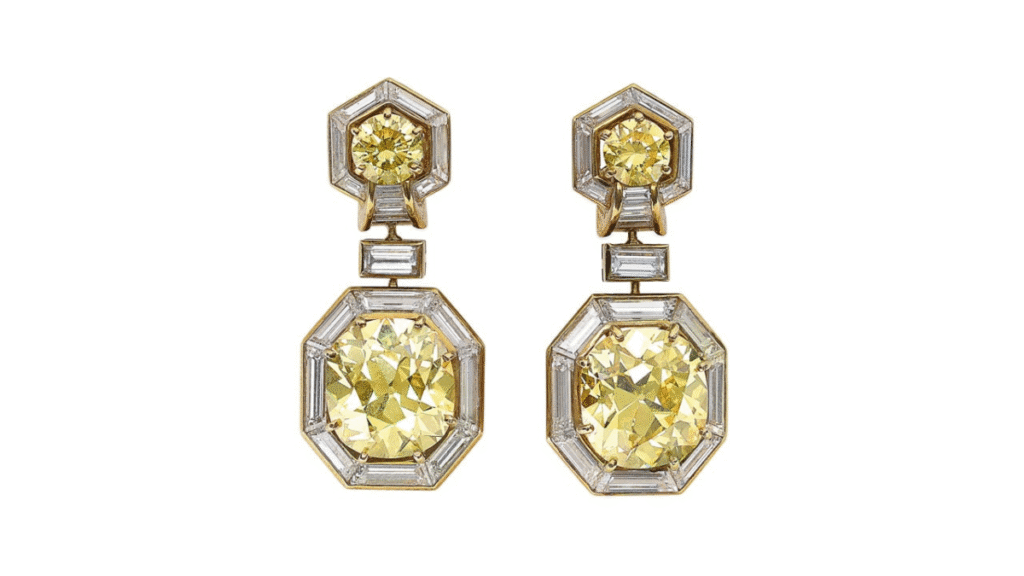
- Boucheron earrings with yellow diamonds and white diamonds fetched EUR 441,000 (USD 516,828), within expected range.
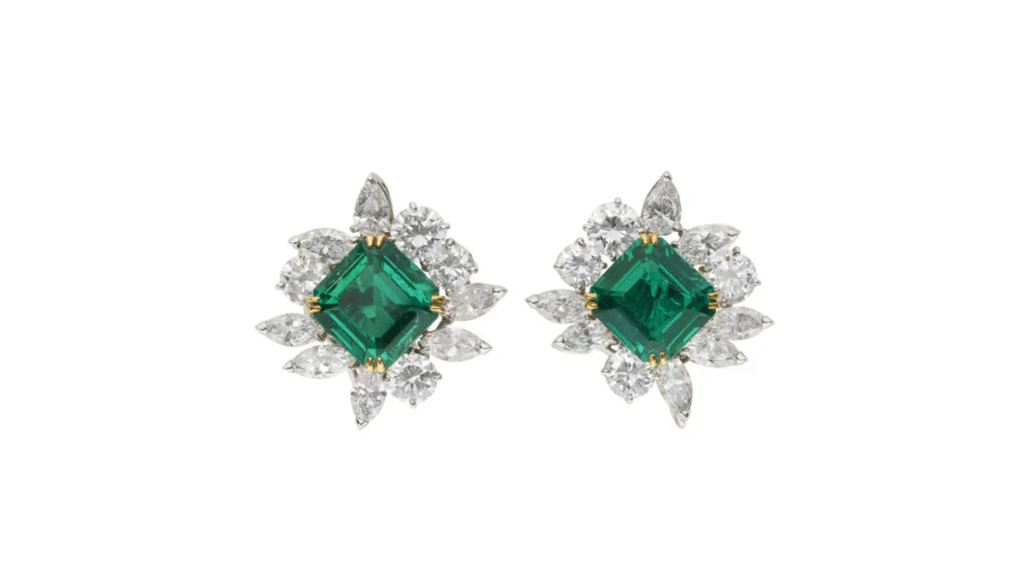
- Another pair of Boucheron earrings with Colombian emeralds and diamonds sold for EUR 365,400 (USD 428,229), exceeding their EUR 60,000 estimate.
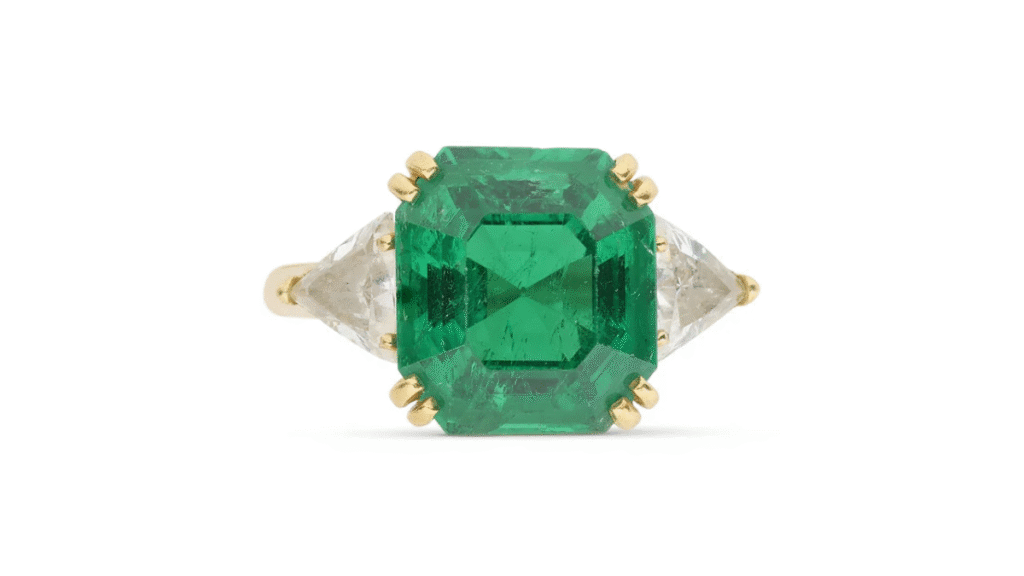
- A Colombian emerald ring from Boucheron also fetched EUR 365,400 (USD 428,229), far surpassing the expected high of EUR 60,000.
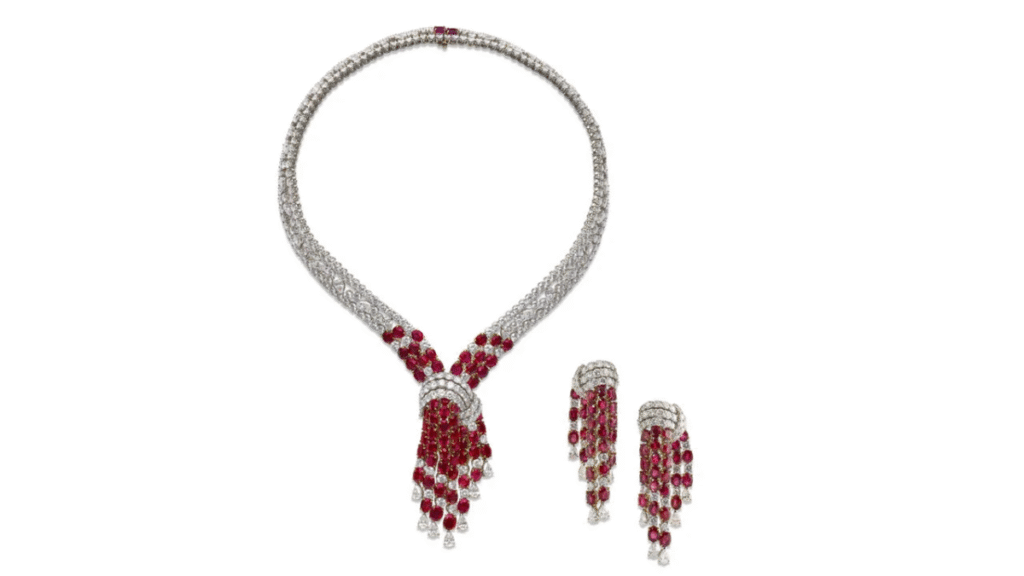
- A Boucheron ruby and diamond necklace and earring set achieved EUR 327,600 (USD 383,929), exceeding its EUR 200,000 estimate.
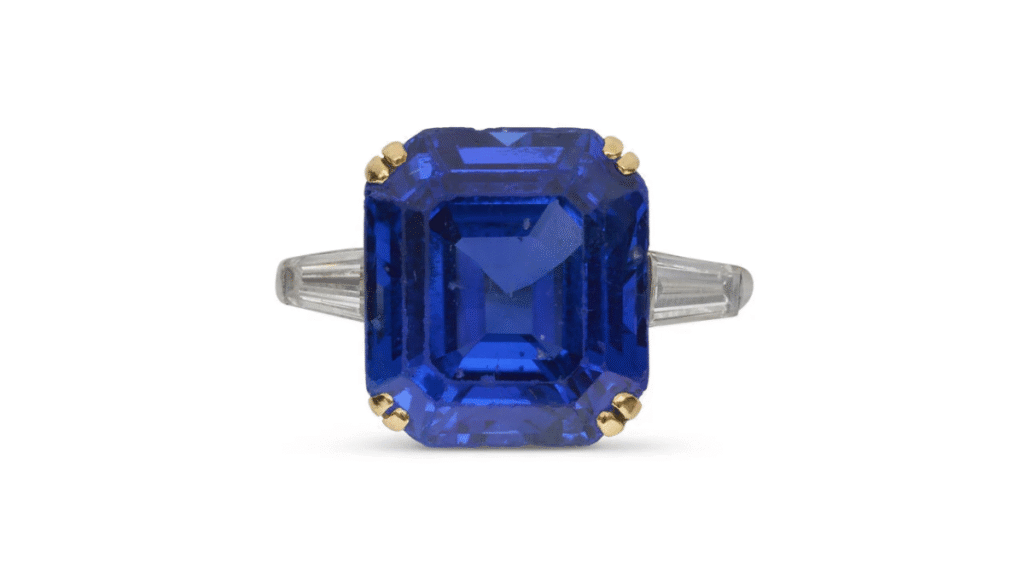
A 13.47-carat Ceylon sapphire ring closed the top 10, selling for EUR 327,600 (USD 383,929)—well above its EUR 100,000 estimate.
The impressive results reaffirm Christie’s stronghold in the high-jewellery auction market and underscore growing global enthusiasm for investment-grade gemstones and heritage designs.
International News
Pandora and Amazon Collaborate to Dismantle International Counterfeit Jewellery Network
Pandora has partnered with Amazon to take action against a network involved in the sale of counterfeit jewellery, resulting in a criminal prosecution in China.

The collaboration followed a multi-year investigation by Pandora’s Intellectual Property and Brand Protection team, supported by Amazon’s Counterfeit Crimes Unit. Chinese law enforcement, acting on the information gathered, conducted a raid leading to the seizure of counterfeit Pandora items.
Investigation and Legal Proceedings, the inquiry was launched in 2020 after customs authorities intercepted shipments suspected of containing counterfeit goods. Pandora and Amazon linked the activity to two sellers based in China operating at scale across European markets.
The case was prosecuted in Shanghai, where in March 2025 the individuals were found guilty of selling counterfeit products. A combined sentence of five years in prison and financial penalties was issued.

Statements from Peter Ring, Pandora’s SVP General Counsel, said: “As the world’s largest jewellery brand, we hold ourselves to the highest standards of quality, craftsmanship, and attention to detail and are committed to protecting our brand from the threat of counterfeit products. This successful collaboration with Amazon shows how impactful joint efforts can be in stopping counterfeiting operations. By combining our global brand protection expertise with Amazon’s investigative capabilities, we supported local law enforcement in dismantling a sophisticated criminal network. This case marks an important step forward in our ongoing efforts to safeguard the integrity of our brand and the quality our customers expect and trust us to deliver.”
Kebharu Smith, Director of Amazon’s Counterfeit Crimes Unit, added: “By partnering closely with brands like Pandora and law enforcement agencies worldwide, we’re stopping counterfeiters and holding them accountable in courts around the globe. Counterfeiting is one of the oldest crimes in history, and we’re tackling it with our cutting-edge proactive tools and technology. Our collaboration with Pandora successfully dismantled a ring of bad actors, removing counterfeits from the broader supply chain. While we’ve made significant progress over the past five years, our mission remains clear—we won’t rest until we drive counterfeits to zero.”

Broader Brand Protection Measures In 2024, Pandora reported assisting in the removal of more than 500,000 online instances of counterfeit promotion, including webpages and social media accounts. This marked a 215% increase compared to the previous year, attributed to expanded use of AI detection tools. The company also supported the seizure of approximately 100,000 counterfeit jewellery items globally.
Industry Context The OECD estimates that counterfeit and pirated goods account for 2.3% of global trade. Within the European Union, the value of such imports is estimated to reach DKK 887 billion annually. These figures underscore the widespread nature of counterfeit trade and the ongoing need for enforcement.
Although Pandora does not distribute its jewellery via Amazon, the collaboration demonstrates a strategic approach to tackling counterfeit sales through partnerships with major online platforms and law enforcement. As online marketplaces continue to be exploited by counterfeit sellers, joint enforcement initiatives remain a relevant measure for brand protection.
International News
China’s Diamond Demand Rekindles Hope for Indian Exporters
Early signs of recovery in Chinese consumer interest, driven by retail innovations, offer a cautious boost to India’s struggling diamond trade

India’s diamond export industry is beginning to show signs of a turnaround, fueled by a renewed appetite for natural diamonds in China — a market that had seen a sharp downturn in recent years. After exports to China dropped from over $6.5 billion in 2021 to around $3.3 billion by 2024, Indian traders are now witnessing a modest but encouraging uptick in inquiries and deals.
This positive shift is being largely attributed to innovative retail strategies adopted by leading Chinese jewellery chains, particularly diamond buyback programs that promise customers guaranteed resale value. These initiatives appear to be restoring consumer trust in diamonds as both luxury items and viable investments. Retailers have reported increased foot traffic and renewed interest since the programs were launched.
Between 2021 and 2024, the slump in Indian diamond exports to China was driven by multiple factors — including a pivot toward gold jewellery, broader economic uncertainty, reduced post-pandemic retail activity, and intermittent health crises. However, 2025 is bringing a cautiously optimistic outlook.
Demand is stabilizing, particularly for smaller, natural diamonds often used in lightweight or gold-accented designs. Trade fairs in Hong Kong this year have reflected this shift, with growing interest among young, urban Chinese buyers.
India, which cuts and polishes more than 90% of the world’s diamonds, is preparing for a potential rebound. While overall exports remain below pre-pandemic levels, the pace of decline has slowed, and trade associations report a notable rise in inquiries from Chinese buyers.
Industry players anticipate a more visible impact by the second half of 2025, aligning with China’s traditional wedding and festive buying seasons. The buyback schemes, still in their infancy, are seen as a game-changer that could help the natural diamond industry regain lost ground — especially as lab-grown alternatives gain popularity.
Nevertheless, challenges persist. Other global exporters are also targeting the recovering Chinese market, increasing competition. Additionally, shifting consumer tastes toward smaller, lower-cost stones may limit the scale of recovery.
Despite the hurdles, the policy and retail shifts in China are being welcomed across the global diamond sector. Key exporting nations such as Belgium, Israel, and African producers are closely monitoring the Chinese market for signs of sustained recovery.
While the road ahead remains uncertain, there is a growing belief that the worst may be over for the natural diamond trade. As the year progresses, India is positioned to capitalize on any resurgence in Chinese demand, especially if momentum carries into the critical year-end shopping period.
-

 BrandBuzz3 months ago
BrandBuzz3 months agoMia by Tanishq Unveils ‘Fiora’ Collection This Akshaya Tritiya: A Celebration of Nature’s Blossoms and New Beginnings
-

 National News2 months ago
National News2 months agoEmmadi Silver Jewellery Launches First Karnataka Store with Grand Opening in Bengaluru’s Malleshwaram
-

 GlamBuzz2 months ago
GlamBuzz2 months agoGokulam Signature Jewels Debuts in Hyderabad with Glamorous Launch at KPHB
-

 DiamondBuzz2 months ago
DiamondBuzz2 months agoDe Beers CEO: confident the US will exempt diamonds from reciprocal tariffs














